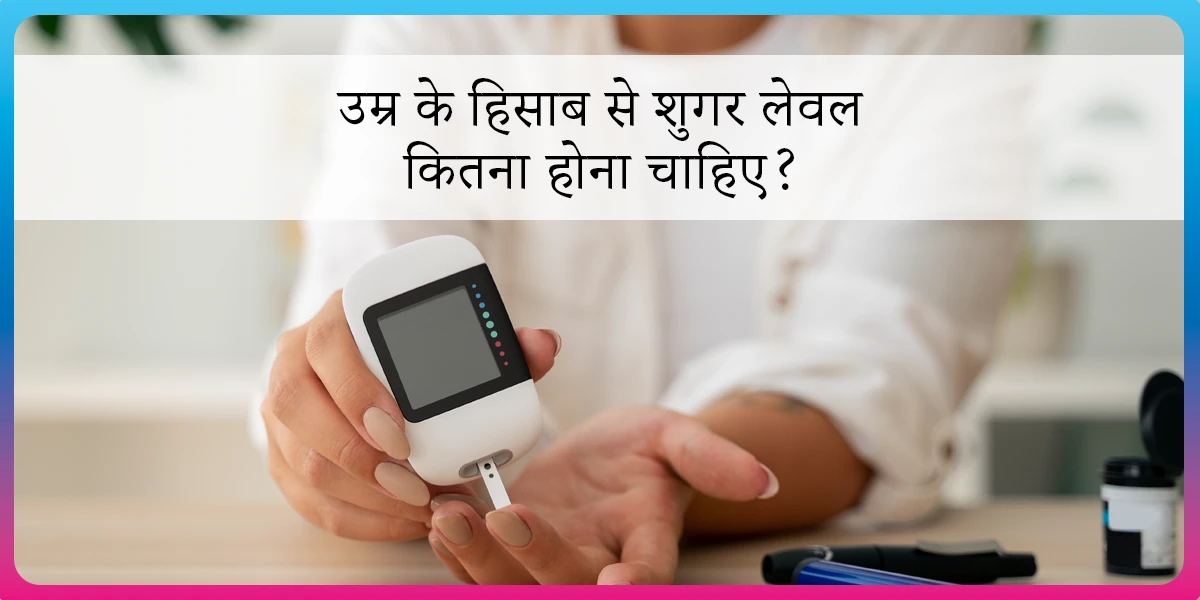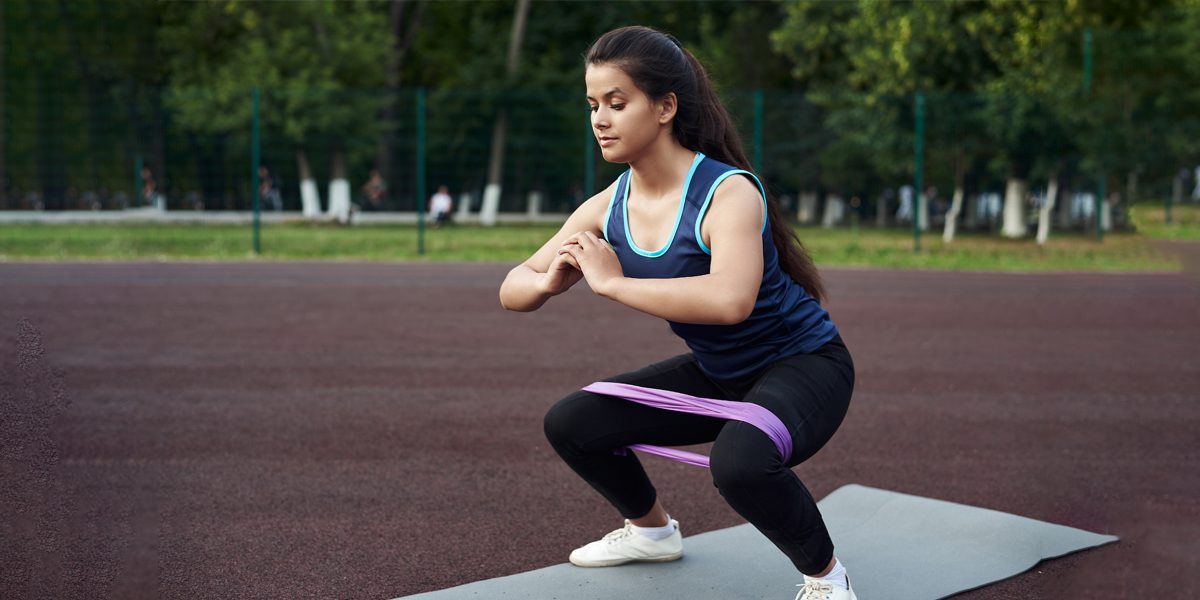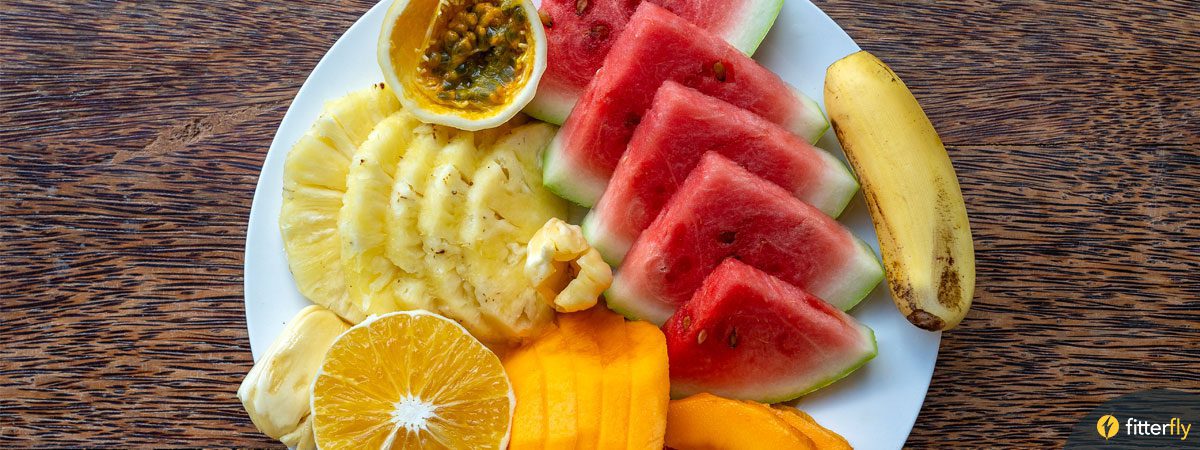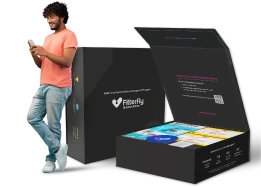Pulses and Diabetes: What’s Cooking?

Ask an Indian about their comfort food and most of them are likely to say dal and rice, in whichever form depending upon the region they hail from. Pulses form a big part of our diet.
With a significant number of people being vegetarians, pulses are one of the few main sources of protein. But are they also good for someone with diabetes mellitus? Let’s find out.
How pulses affect blood sugar levels
Pulses fall in the category of low GI (low glycemic index) foods. That means it takes a longer time for the carbohydrate present in them to break into sugar and get released in the bloodstream.
Hence, they don’t sky-rocket your blood sugar instantly. This makes them a solid and dependable food group for people grappling with complications of diabetes mellitus.
Advantages of including pulses in diet
Apart from their low GI score, pulses also score well on many other fronts. They are a good source of soluble fiber. Thus, they keep you full for a longer time.
This means that they come in handy during weight management. They are packed with protein and other essential nutrients like iron, zinc, folate, and magnesium.
So, if you are looking for diet options to help you manage your insulin levels, look no further than those humble dal boxes sitting in your pantry. And thankfully, we have a wide variety to choose from!
Pulses that are good for people with diabetes
All of them! Of course, to varying degrees. But almost all the pulses and beans are good for people facing complications of high blood sugar.
Here are some of the most common ones that are loaded with goodness:
1. Green Gram or Moong Dal
Considered to be one of the healthiest pulses, Moong Dal is ubiquitous by its presence in almost every Indian kitchen. It is quite easy to digest as it is loaded with fiber and is light on the stomach.
You can have it with rice or roti, make a Khichdi out of it or even munch on its sprouted version for a healthy snack.
2. Black Lentil or Urad Dal
The basis of some scrumptious South Indian tiffin items, this lentil is packed with wholesome goodness. It contains a decent amount of potassium that boosts blood circulation. Not only that, Urad Dal is also rich in magnesium and fiber which keeps the cholesterol level in people with diabetes in check.
3. Chickpea or Chhola
Diabetes mellitus tends to take away the joy of eating. But this is one bean that is everyone’s favorite! You can never go wrong with the power and taste combination of a chickpea dish.
With a GI of 33, chickpeas are instant mood-enhancers. Make a lightly spiced, aromatic curry out of them or bake them into a crispy snack, puree them into hummus or chomp on a chhola-chaat, there are n number of ways to keep your diet in control with chickpeas.
4. Dew Beans or Matki/Moth Dal
Mostly consumed sprouted, this lentil provides a lot many health benefits like immunity boost, bone strength, proper bowel movement and glowing skin.
5. Dal soup, anyone?
A quick and easy way to incorporate these pulses and lentils in a more lip-smacking way than your regular dal-rice meal is to turn them into soups.
They make for an extremely delicious, easily digestible and light on the stomach one-pot meal. My winter evenings are redolent with yummy black-eyed beans-tomato-beetroot or spinach-red lentil (Masoor Dal) soups.
During summer, I get ready to enjoy bottle gourd-green gram (Moong Dal) soups with a dash of lemon.
Another fun way to enjoy pulses and beans during summers is to make cold salads out of them. You can even make Chana (black gram) or Chola chaat (chickpea) with lots of summer specials like cucumber and mint.
Note: It is a good practice to soak lentils and beans for a minimum of 30-60 minutes before cooking. This helps in better nutrient absorption and makes them easy to digest.
Fittertake
Prevention over cure is the best approach when it comes to diabetes-related complications such as diabetic neuropathy. It is important to get tested regularly to check your blood sugar levels and HbA1c, especially if you have a family history or have prediabetes.
Once you are aware of a diagnosis. You need to speak to your doctor and find a scientific and comprehensive diabetes reversal or management plan.
Fitterfly’s Diabefly Pro and Diabefly Reverse programs are designed by India’s top diabetologists and have helped over 15000+ Indians effectively manage their diabetes.
This blog provides general information for educational and informational purposes only and shouldn't be seen as professional advice.


 References
References









